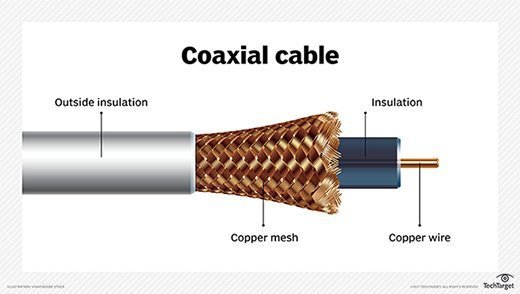How to Reformat a PC
Reformatting a personal computer (PC) refers to a process performed on the hard drive in which you completely wipe the hard drive of all information. In many cases, this takes the hard drive back to the settings and programs that came with the computer from the factory. Since this procedure removes all of your files and any software you have installed after purchase, it should only be done as a last resort, such as when a virus can't be removed or there are severe operating issues with your PC. Reformatting can often alleviate these issues.
1. Start your PC and press key F2, F12 pr delete key (Depends on your PC model)
2. Your PC will boot from CD and Windows installation will start. Press Enter at this screen.
3. Accept License agreement by pressing F8 key
4. Delete the partitions
5. Create the partitions
6. Define the size of partitions
7. Now select your desired partition for installation of Windows XP and press enter
8. Choose to format the partition. Choose NTFS file system quick.
9. Setup will format the partition
10. After formatting, setup will start copying files on to the hard disk
11. After copying of files, setup will start installing Windows
12. Select desired language and regional settings when prompted by setup
13. Enter windows key
14 Type a name for your computer
15. Select time and date settings and time zone according to your country
16. Provide network settings for networking PC's or select typical settings and press enter
17. Setup will install devices and register components
18. After completion setup will do a cleanup of files and will restart your PC automatically. At this stage you can remove CD from drive













 source:
source: 



